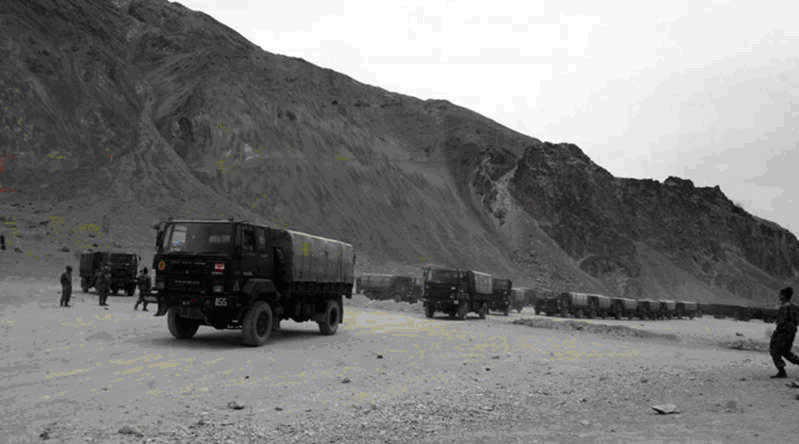De-Escalation Process Underway: 2 LAC Flashpoints Are Not In List Of Identified Areas Still Contested
4 June,2020
Chinese transgressions across the Line of Actual Control in Galwan and Hot Spring in eastern Ladakh surprised India because these areas, unlike Pangong Tso, did not figure among the 23 contested areas identified by the government through various mechanisms since India first accepted the concept of LAC in 1993.
India-China standoff: US urges Beijing to ‘respect norms’ identified in Ladakh under the western sector, four in the middle sector and eight in the eastern sector.
A majority of these areas were identified during interactions between the two sides over multiple meetings of India-China joint working groups (JWG) in the 1990s, during exchange of maps for the middle sector in 2000, and comparison of maps for the western sector in 2002.
Six areas were identified over a period by actions of the Chinese army on the ground, their transgressions recorded by the Indian side.
The 11 areas on the LAC in Ladakh include Trig Heights (Points 5459 and 5495) and Demchok, which were identified during the JWG meetings held between the two sides between July 1991 and October 1995.
The areas of Galwan and Hot Spring, sites for the current tensions between the two armies, do not figure in this list of 23.
“Both sides have taken Galwan and Hot Spring to be ‘settled areas’ and, therefore, there was a bit of a surprise element in the Chinese action,” an official said.
“Had our exercise schedule not been disrupted by the Covid-19 pandemic, we would have been better prepared to respond in the initial stages.”
The official also said that because it was never identified as a contested area, the “Hot Spring sector has been an ITBP sector”. In 2015, when “a couple of Chinese dozers were seen on our side making a track near PP14, we confiscated them and dug the track using a JCB. The Chinese came to us, agreed that they were on our side and we then returned their equipment,” he said.
The 11 areas on the LAC in Ladakh include Trig Heights (Points 5459 and 5495) and Demchok, which were identified during the JWG meetings held between the two sides between July 1991 and October 1995. In Trig Heights, documents state that the Chinese claim is over 972 sq km of area while the contested area in Demchok is another 180 sq km.
During the meeting of the Expert Group in October 2002, when maps for the LAC on the western sector pertaining to eastern Ladakh were to be exchanged, six more areas of difference – North Samar Lungpa, east of Point 6556, north of Kugrang river, area of Kongka La, Spanggur Gap and east of Mount Sajum opposite Dumchele – were identified when the Indian side compared its maps with those of the Chinese.
The Chinese side refused to formally exchange the maps, effectively stalling the process of clarifying the LAC mentioned in the 1993 agreement for peace and tranquility on the border that was signed between Prime Minister P V Narasimha Rao and Chinese Premier Li Peng.
Before 1993, India had refused to formally accept the concept of LAC, and even then, left it unqualified to make it clear that it was not referring to the LAC proposed by the Chinese in either 1959 or 1962 but to the LAC at the time when the agreement was signed.
Based on the record of transgressions by Chinese military patrols and their actions on the ground, the government identified another three additional areas of difference: North bank of Pangong Tso, southern bank of Pangong Tso and Chumar. One of the sites for the current tensions is in Pangong Tso, including the northern bank of the lake where Chinese soldiers have moved to their perception of the LAC.
Courtesy: msn.com

